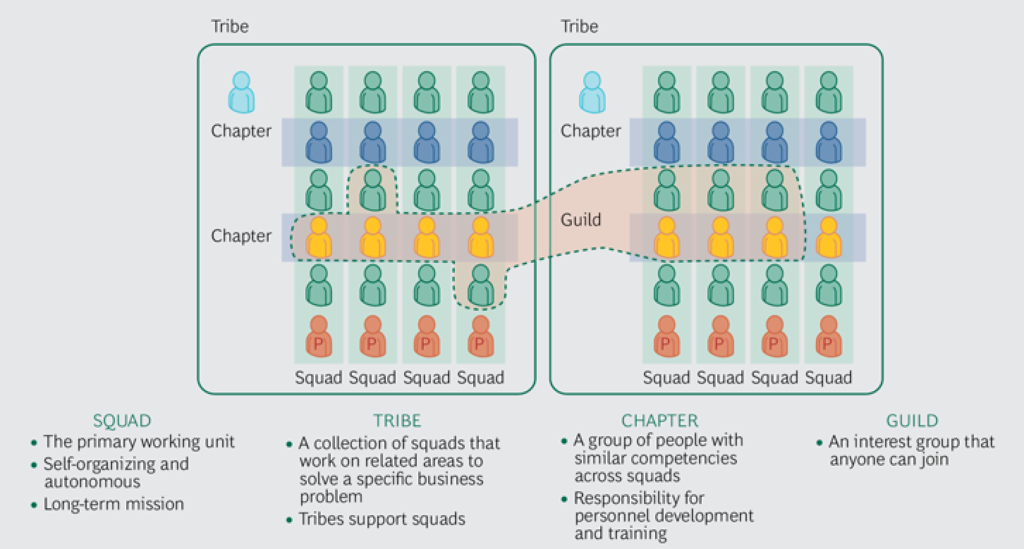The early days of the pandemic showed how companies are willing and able to adopt change overnight. Banks launched cross-functional teams to accommodate the surge in online transactions. Manufacturers repurpose their production line to produce PPEs and disinfection materials. Retailers opened e-commerce stores, delivery services, and curbside pickup. All in record-breaking speeds that would have taken months or even years to implement before the global health crisis.
Agile is the key to resilience when bracing ourselves for economic uncertainties. Anecdotes in the local tech industry — including Stratpoint’s own experience — show how companies have embraced new technologies and Agile implementation in an attempt to rapidly deploy urgently needed platforms and applications for their customers and employees, to assure continuity and sustainability in their businesses, and to maximize value of money spent.
Popular companies in the tech sphere adopted Agile long before the crisis. As we mature in our respective Agile practices, let’s take a look at how these tech darlings integrated Agile into their organization and way of doing business.

Uber: Going Agile in product and practice
Uber’s business model represents agility: a flexible workforce of drivers that responds to the transportation demands of customers. When there are more customers requesting for rides, surge pricing is automatically introduced in order to encourage more drivers to go on the road and maintain Uber’s reliability when it comes to providing car service. Eventually, Uber rolled out their presence into 500 cities and expanded its services to cover other mobility-based needs: Uber Eats, Uber Freight, and Uber Health, among others. Uber also practices Agile in its application development. An early iteration of Uber Essentials — an on-demand delivery service for groceries, toiletries, and medicine — was launched to a small group of users in Washington DC. Because they decided to deploy a minimum viable product in a shorter timeline than it takes to build a fully developed app, they were able to incorporate customer feedback early in the product timeline. The users suggested products that they wanted to be added to the inventory. A limited deployment of Uber Essentials was also done in India to facilitate essential travels during the COVID-19 lockdown. By going this route, Uber is able to improve its apps with features and functionalities that are actually useful to its customers, making it easier for them to stick with Uber’s suite of products and services.Spotify: Building a truly Agile culture
Spotify has gone so Agile that it has developed its own brand of the methodology: The Spotify Model. The largest audio streaming service provider in the world credits their organizational approach as a key to their success. With an estimated 300 million users worldwide, their engineering team is on to something. The Spotify model is not a framework. Instead, it represents how Spotify integrates Agile from both a technical and cultural standpoint. To encourage innovation and agility, the Spotify model focuses on how people are organized. The most basic team unit is a Squad, a cross-functional group of 6 to 12. They are autonomous, have a unique mission, and determine the Agile framework that will work for them. The squad decides on changes, upgrades, and delivery of their own pieces of the product, without interfering or being held back by the other teams. Multiple Squads that coordinate with each other in the same feature area form a Tribe, led by a Tribe Leader that facilitates the coordination among Squads. From a knowledge perspective, each Squad is composed of specialists, and these specialists belong to families or Chapters. A Chapter of Javascript developers, for example, maintains the standards of excellence among Javascript specialists. Guilds, Trios, and Alliances are other organized units in the Spotify model, enabling an Agile culture that fosters autonomy, accountability, and collaboration. From a leadership standpoint, Spotify can confidently and easily scale its self-managing teams and their corresponding output.






